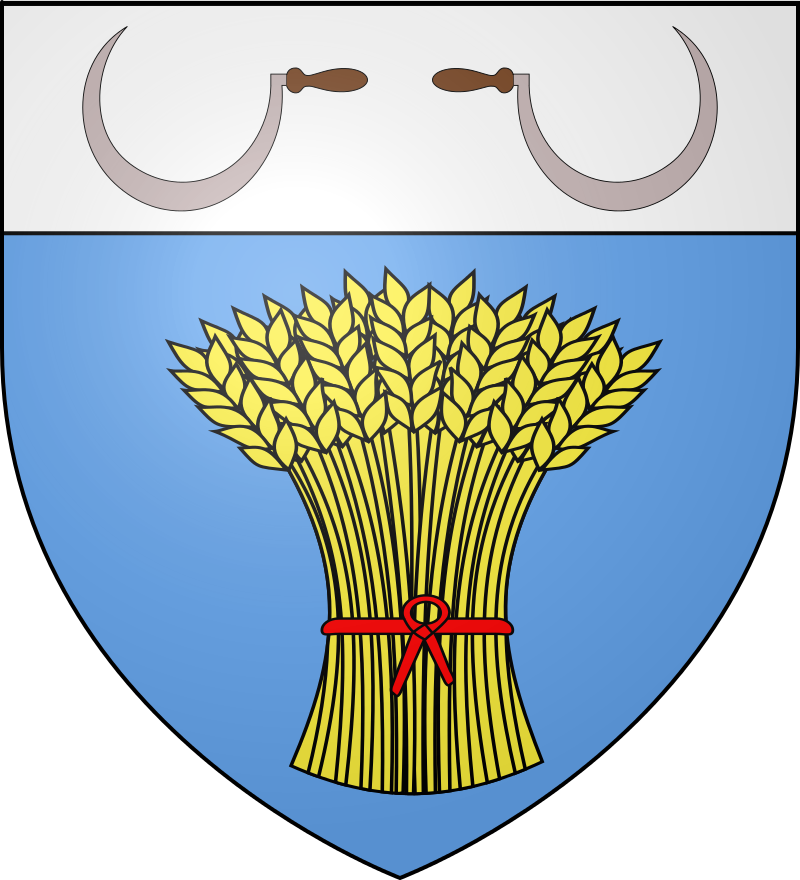Merħba għall-Kunsill Lokali ta' Sannat
Previous slide
Next slide
Sannat huwa raħal rustic li jinsab fin-nofsinhar tal-gżira Għawdxija. Jestendi mir-Rabat sa l-irdumijiet li jiffurmaw il-kosta tan-nofsinhar tal-gżira magħrufa bħala Ta’ Ċenċ. Bħalissa għandha erja ġenerali ta’ 3.77 kilometri kwadri – jiġifieri 5% tal-erja totali ta’ Għawdex. Fuq il-punent hija biswit ir-raħal tal-Munxar, u fuq in-naħa tal-Lvant, hija biswit ir-raħal tax-Xewkija.
L-arma ta’ Sannat kienet iddisinjata għall-okkażjoni taż-żjara tal-Prinċep ta’ Wales li seħħet bejn is-6 u l-10 ta’ April, 1876. Ġiet iddisinjata u mpinġija mill-professur Nikolo’ Zammit (1815-1899), li kien tabib, filosfu, perit u pittur. Din l-arma tikkonsisti f’bala wieqfa tal-qamħ b’żewġ scythes fuqha. Milli jidher Zammit kien qed jimplika li fil-passat, fis-Sannat kien jitkabbar ħafna qamħ.
Il-motto ta’ Sannat aktarx inkiteb mill-istudjuż Għawdxi Lorenzo Zammit Haber (1876-1959) li kien joqgħod ix-Xewkija. Dan il-motto jgħid:”Labour Ante Omnia” li jfisser: “Xogħol qabel kollox”.





